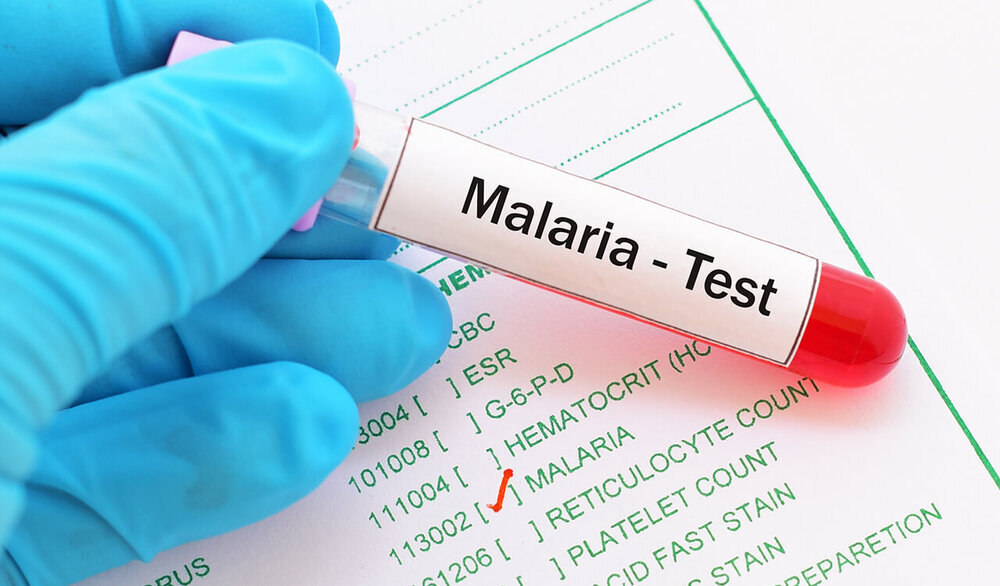No malaria deaths recorded in past eight months

TEHRAN - A Health Ministry official has said that not a single death due to malaria was reported in the country over the past eight months.
“Over the past eight months, we have faced a four-fold increase in the incidence of malaria in the country, but fortunately, there have been no cases of death or local transmission of this disease,” Abdorreza Mir-Oliyaee said.
The endemic areas of malaria in Iran include the southeastern Sistan-Baluchestan province as well as the southern provinces of Hormozgan and Kerman, he added, ISNA reported.
In areas of Sistan-Baluchestan that share a border with Pakistan, one of the factors of the increase in the disease can be the increase in traffic through the unofficial border crossing, he explained.
“Another reason was the occurrence of floods in some states of Pakistan, and following this incident, the growth of malaria is not far from expected in the susceptible region.”
Malaria is a mosquito-borne infectious disease that affects humans and other animals; the disease is most commonly spread by an infected female Anopheles mosquito. The mosquito bite introduces the parasites from the mosquito's saliva into a person's blood.
It causes symptoms that typically include fever, tiredness, vomiting, and headaches. In severe cases, it can cause yellow skin, seizures, coma, or death. Symptoms usually begin ten to fifteen days after being bitten by an infected mosquito.
If a country passes three years with no indigenous cases, the World Health Organization will grant it a certificate of malaria eradication.
There are about six species of Anopheles mosquitoes in Iran, of which there are no more than two or three species, which are actively involved in disease transmission in the south and southeast, and the rest are in the northern Zagros, from which there is no malaria transmission.
Although the most common route of transmission of malaria is mosquito bites, in rare cases there is a possibility of transmission through the use of shared syringes among injecting drug users.
According to WHO 2017 malaria report, the incidence rate of malaria in Iran has decreased significantly from 12,000 people in 2000 to 57 in 2017.
Between 2000 and 2014, the number of malaria-related deaths fell by 40 percent worldwide, from an estimated 743,000 to 446,000.
There are 20 countries in the world that are moving towards the elimination of malaria; in the Eastern Mediterranean region, Iran is at the forefront.
The World Health Organization has confirmed that measles and rubella have been eradicated in Iran, Health Minister Bahram Einollahi said on Monday.
This success was achieved for the country in a situation where many European countries have not yet received approval from the World Health Organization regarding the eradication of measles and rubella, but the Islamic Republic of Iran has succeeded in eradicating these two diseases, he added, ISNA reported.
Measles is potentially a deadly disease. Severe complications include pneumonia, diarrhea, blindness, and encephalitis (brain swelling).
Most people who get rubella usually have a mild illness, with symptoms that can include a low-grade fever, sore throat, and a rash that starts on the face and spreads to the rest of the body.
MG
Leave a Comment